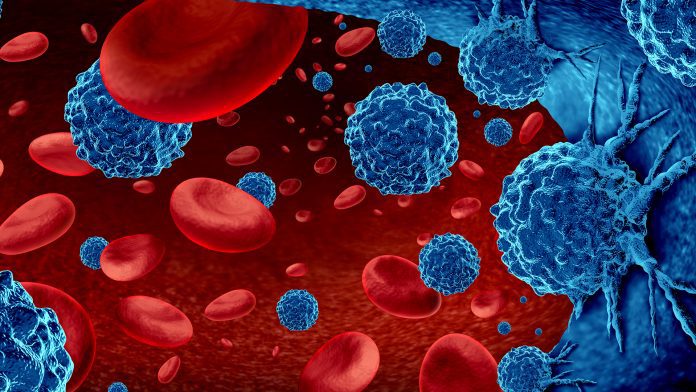
Researchers from the National University of Singapore (NUS) have revisited an existing drug that they believe could treat acute leukaemia.
The drug is called PIK-75 and was originally discovered 15 years ago. Since then, PIK-75 has been disregarded in favour of newer drugs; however, the researchers from the Cancer Science Institute of Singapore at NUS now believe the drug could help combat acute leukaemia, a form of blood cancer.
The research team discovered that the drug was capable of blocking two crucial cancer-causing pathways associated with acute leukaemia, enabling it to effectively halt the progression of the disease.
What is acute leukaemia?
Acute leukaemia predominantly affects children. The disease is aggressive and progresses quickly, inhibiting stem cells in the bone marrow that produce T-cells which are vital for fighting off infections in the body.
Acute leukaemia leads to the formation of immature T-cells that accumulate and disrupt the function of their normal counterparts, compromising the patient’s immune system. Many patients who recover from paediatric acute leukaemia will relapse and sometimes patients will not respond to first-line therapy at all.
“Current cancer treatment strategies mostly focus on targeting a single molecule specific to the disease, like an oncoprotein,” said Professor Takaomi Sanda, lead author of the study.
“We learned that the ability of cancer cells to survive and proliferate is underpinned and promoted by multiple mechanisms, of which identifying and inhibiting just one is often not sufficient to slow the march of the disease.”
The researchers worked to reveal the relevant underlying pathways. This meant that any medical interventions could destroy all the potential routes of the disease and stop the spread in the patient’s body.
The mechanisms that drive the progression of acute leukaemia are separated into ‘type A’ and ‘type B’ abnormalities. An example of a type A abnormality is the overexpression of the TAL1 oncogenic transcription factor. These are powerful proteins that sustain the multiplication of cancer cells and are present in around half of all cases of acute leukaemia.
Type B is characterised by the activation of abnormal signalling pathways, such as the PI3K-AKT-PTEN pathway. In this pathway, a group of proteins in a cell work together to control the function of the cell, promoting the development of cancer cells. Together, these two mechanisms support the proliferation of malignant cells in patients.
PIK-75 can halt both mechanisms
The researchers carried out a drug screening to identify potential candidates for treating acute leukaemia. Out of around 3,000 compounds, PIK-75 showed the best ability to block TAL1 activity and the PI3K-AKT-PTEN signalling pathway. Therefore, PIK-75 could significantly reduce the survivability of cancerous cells.
The team were surprised to find that PIK-75 had originally been identified as an inhibitor of the PI3K-AKT-PTEN pathway 15 years ago but has since been disregarded in favour of new treatments.
“Focusing on an ‘oncogenic collaboration’ mechanism, we demonstrated the efficacy of the novel therapeutic compound in inhibiting the core oncogenic machinery — which includes both type A and type B abnormalities — that drives leukaemia progression,” explained Professor Sanda.
“PIK-75 produced a strong cytotoxicity against acute leukaemia cells at low doses compared to previous studies involving other types of drugs that required higher concentrations to inhibit their growth,” he continued.
Due to its ability to inhibit both mechanisms, PIK-75 is highly feasible in a clinical setting. The researchers are now looking to develop a soluble analogue of the drug so that it can eventually be administered to patients.
“We are delving deeper into the pathogenesis of cancers to uncover more life-saving insights. We also plan to unearth more novel drugs that can efficiently inhibit the primary oncogenic mechanisms of acute leukaemia,” concluded co-leader of the study, Dr Lim Fang Qi.










